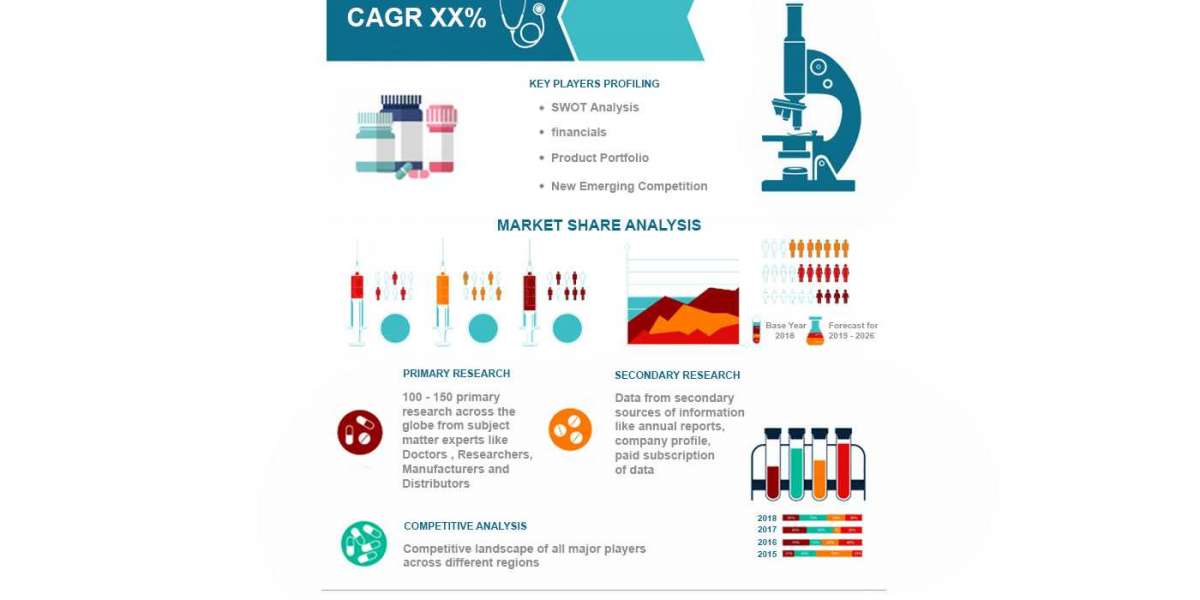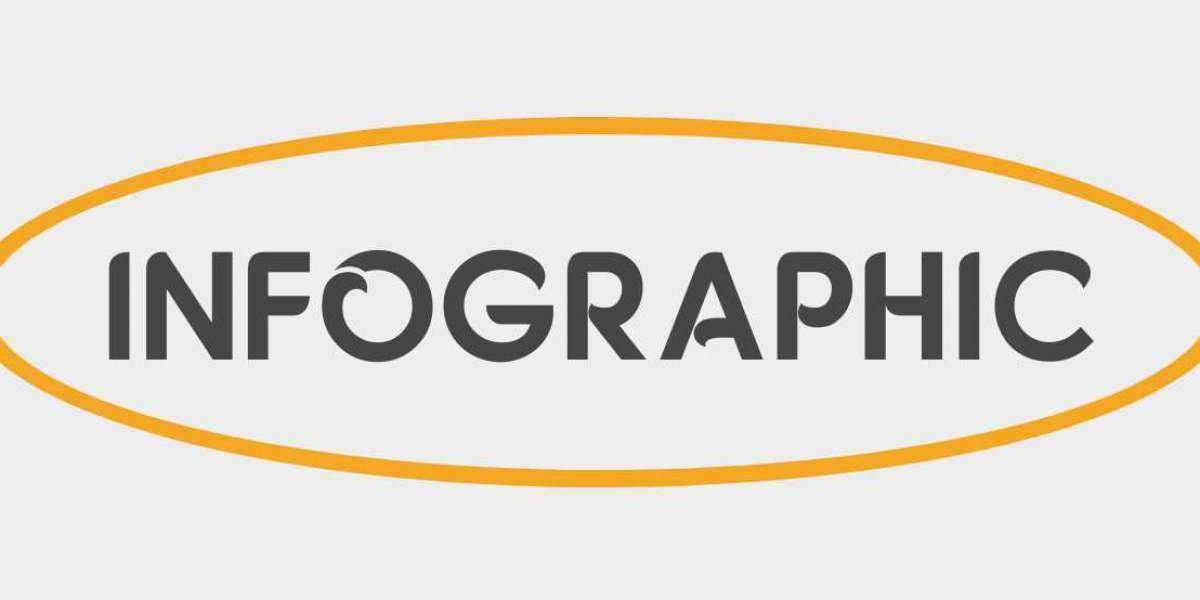Originally Published on: SpendEdge |Maximizing Efficiency: The Critical Role of Packaging in Supply Chain Management
In the constantly evolving business landscape, a company's triumph is not solely dependent on product quality; adept supply chain management is equally essential. Often underestimated, packaging emerges as a fundamental element in this intricate process. Let's explore the multifaceted domain of packaging in supply chain management, emphasizing its pivotal role and undeniable significance.
Understanding the Multifunctional Aspects of Packaging
Packaging surpasses its role as a simple product container; it assumes a multifunctional role throughout the supply chain. Safeguarding goods during transportation, conveying vital information to consumers, and acting as a branding and marketing tool are just a few aspects of its diverse functions.
Primarily, packaging ensures product safety and integrity, shielding items from damage, spoilage, or contamination during distribution. Simultaneously, it acts as a medium for branding and marketing, projecting a company's identity and imparting essential product information to consumers.
Critical Phases of the Packaging Process in Supply Chain Management
Effective supply chain management demands meticulous attention to every facet of the packaging process. From design and manufacturing to distribution and disposal, each stage plays a pivotal role in ensuring seamless operations and customer satisfaction.
In manufacturing, the packaging process involves selecting suitable materials and optimizing designs for efficiency and sustainability. Implementing lean practices and incorporating eco-friendly materials enable companies to streamline packaging operations while reducing environmental impact.
Core of Efficient Supply Chain Management: Packaging Optimization
Packaging optimization lies at the core of efficient supply chain management. By fine-tuning designs and materials, companies can minimize waste, cut shipping costs, and enhance overall sustainability.
Right-sizing, tailoring packaging dimensions to product specifications, maximizes space utilization and minimizes excess material. Lightweight and durable materials reduce transportation costs and environmental impact without compromising product protection.
The Essential Connection: Packaging Value Chain
Within the intricate supply chain, packaging serves as a vital link connecting manufacturers, distributors, retailers, and consumers. The packaging value chain encompasses interconnected processes, from raw material sourcing to end-of-life disposal, contributing to the supply chain's overall efficiency.
Packaging optimization extends beyond the physical realm to encompass digital solutions such as smart packaging and RFID technology. These innovations enable real-time tracking and monitoring, enhancing visibility, traceability, and minimizing errors and losses.
Significance of Packaging in Supply Chain Management
In today's hyper-competitive marketplace, the significance of packaging in supply chain management is paramount. Effective packaging ensures not only product safety but also enhances brand reputation, customer satisfaction, and ultimately, profitability.
Recognizing packaging as a strategic asset, rather than a logistical afterthought, allows companies to unlock opportunities for efficiency gains, cost savings, and sustainable growth. Prioritizing packaging optimization and embracing innovative technologies are crucial for staying ahead in an ever-evolving business landscape.
In Conclusion
In conclusion, packaging assumes a central role in the complex ecosystem of supply chain management. From safeguarding products to promoting brand identity and sustainability, the functions of packaging are diverse and far-reaching. As industry leaders, acknowledging the critical role of packaging and leveraging it as a strategic asset in supply chain management is imperative.








